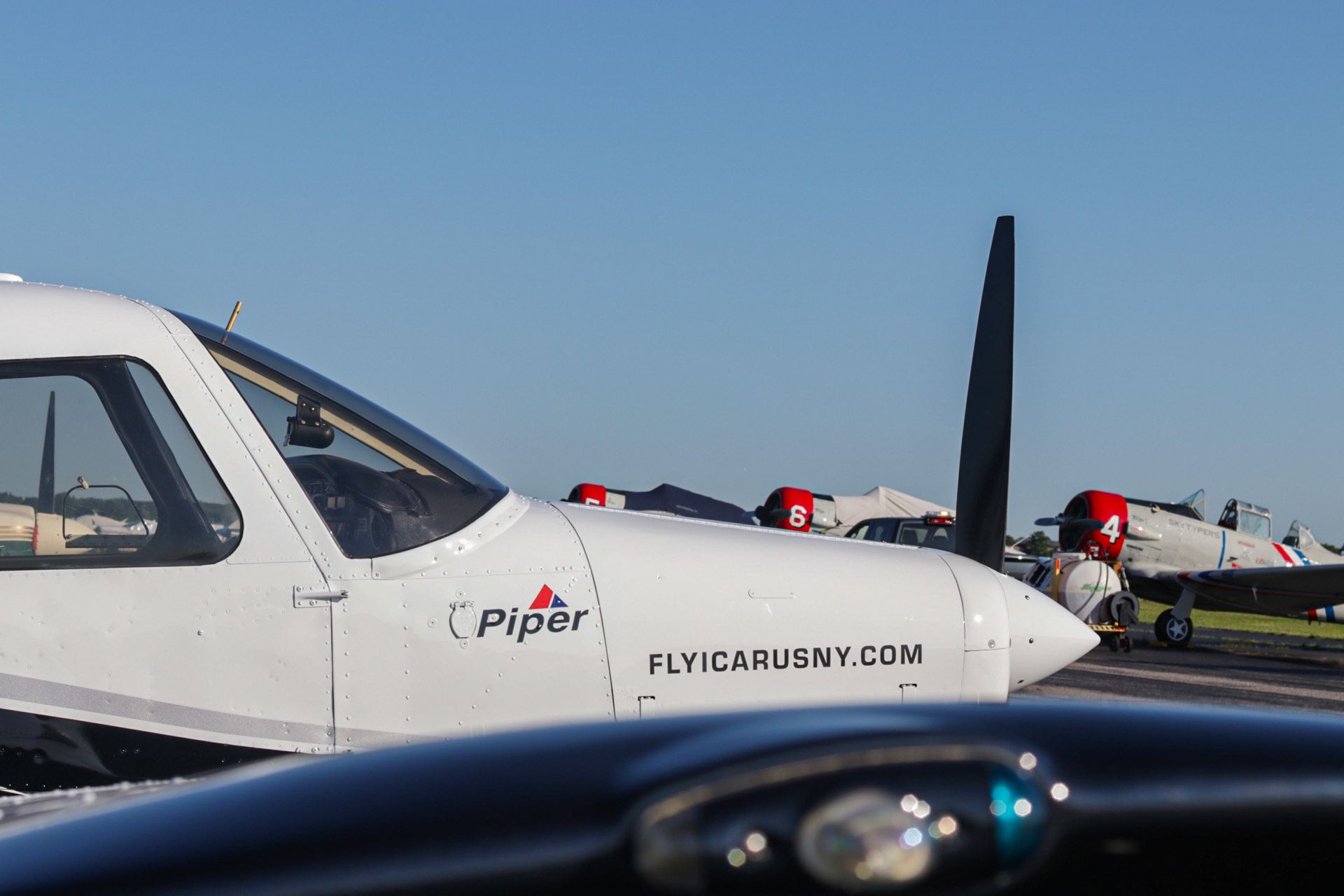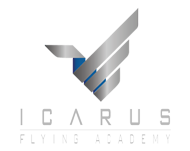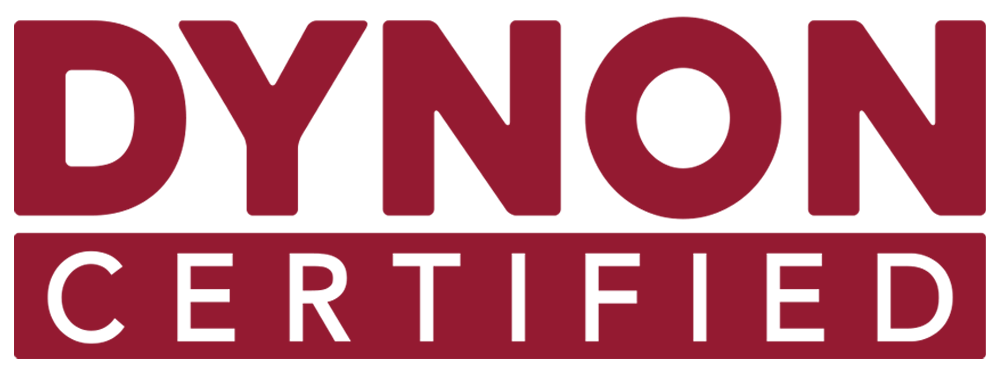PRIVATE PILOT LICENSE

Earn Your Private Pilot License
A private pilot certificate is like a driver's license. It allows you to fly almost anywhere in the United States and even outside the United States when you comply with regulations of the foreign country where the aircraft is operated. You can carry any number of passengers, and you can share certain operating expenses with your passengers. You might take the family on a trip to see relatives in a distant state or use an airplane to shorten the time it takes to make business trips to another city.

Restrictions
One restriction to a private pilot's freedom of flight comes from Mother Nature—the weather. You can fly in some weather conditions but not others, at least without additional training. As a private pilot, you can’t fly in the clouds unless you earn an instrument rating:
With a private pilot certificate, you can fly at night as long as you have received the required night training. Training for night flying is almost always included as part of a private pilot training curriculum. Without a doubt, a crystal-clear, moonlit night is one of the most spectacular and beautiful times to fly.


Requirements:
- 40 hours minimum total time
- 20 hours dual instruction
- 3 hours flight "by reference to instruments" (under the hood)
- 5 hours solo cross country (50nm minimum between two points along each trip)
- One solo 150nm XC flight with at least 3 airports (two of which must be at least 50nm apart)
- 3 hours night flight (dual instruction)
- One night XC (dual)
- 10 night landings (full stop)
- 3 hours of dual instruction explicitly for check ride prep, within 90 days of the checkride
- Endorsements for the items above needing endorsements
- An endorsement from a CFI stating the candidate is prepared for the checkride



